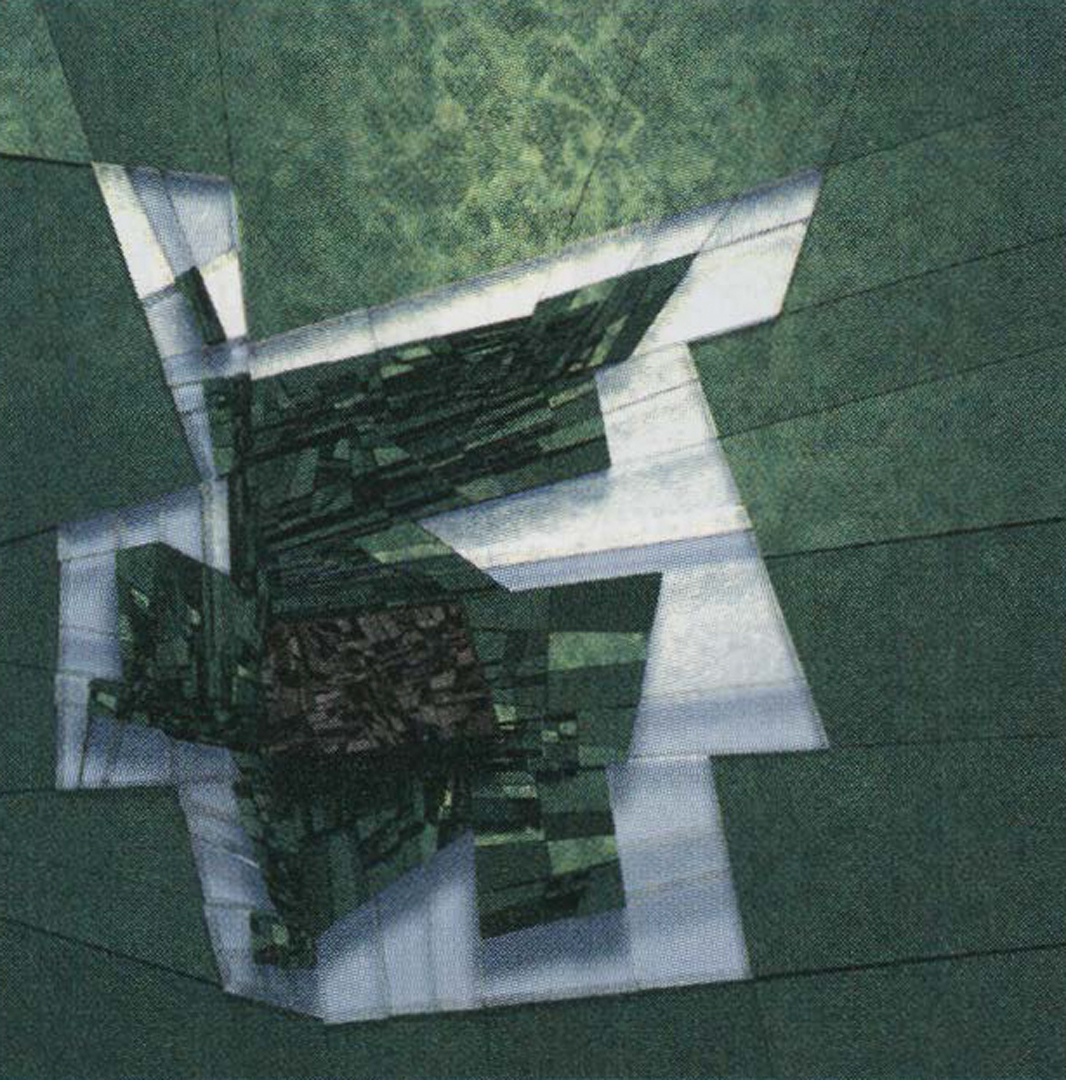Kenneth A. Huff: Six-Part Pattern Series: 2000.3; 2000.5; 2000.6
Artist(s):
Title:
- Six-Part Pattern Series: 2000.3; 2000.5; 2000.6
Exhibition:
Creation Year:
- 2000
Medium:
- Laser-exposed color photographic print paper
Size:
- each panel 34 inches x 34 inches
Category:
Artist Statement:
Included in all of my work is a level of detail which mimics that found in the natural world and creates an illusion of reality even while the viewer is confronted with the practical knowledge that the objects shown physically do not exist.
I not only look to the surface details of the physical world, but also to the forms and patterns which surround us. Patterns are not just sets of regularly repeating identical units, but also include groupings of units which are similar, but not necessarily identical and units which repeat, but not necessarily with a well-defined symmetry.
The “Six-Part Pattern Series” is based on ideas of subdivision of space. A. large object is divided into six sections by one vertical and two horizontal breaks. Resulting objects are then divided by the same technique, recursively to a predetermined limit. The pattern of division is rotated 90 degrees for each horizontally or vertically adjacent section. The series was partially inspired by aerial views of agricultural land in the North Central Plains of the United States.
In “2000.3,” the division process was taken to three levels throughout this image. Once at that third level, one section from each group of six was further divided a fourth time. In addition to the structural patterns, there is an order to the use of the solid and transparent materials. At each level of division, one section from each group was switched to the alternate material for the group.
At the second level of division in “2000.5,” the outer perimeter of objects was removed from subsequent division processes. Surface depths and materials were varied at each level to further highlight the differences.
“2000.6” contains a non-overlapping path of adjoining sections created by the use of the transparent material. The endpoints of the path are in the upper-left and upper-right corners. In this image, the division process was repeated five times.
All Works by the Artist(s) in This Archive:
- Kenneth A. Huff
-
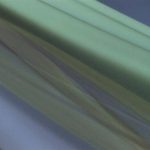
Contemplations: 2005.2
[SIGGRAPH 2006] -
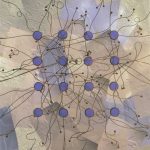
960810_01
[SIGGRAPH 1998] -
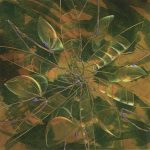
970717_03
[SIGGRAPH 1998] -
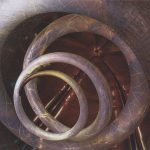
2004.4
[SIGGRAPH 2005] -

2004.5
[SIGGRAPH 2005] -

2005.1
[SIGGRAPH 2005] -
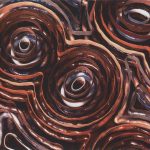
Meditations Series, 2004.10a
[SIGGRAPH 2005] -
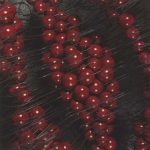
2003.4a and 2003.4b
[SIGGRAPH 2004] -
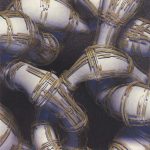
2002.7
[SIGGRAPH 2003] -
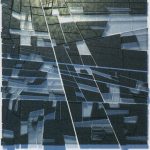
Six-Part Pattern Series: 2000.3; 2000.5;...
[SIGGRAPH 2001] -

2000.12a and 2000.12b
[SIGGRAPH 2001] -
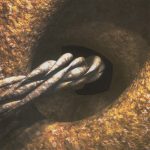
99.8A
[SIGGRAPH 2000] -
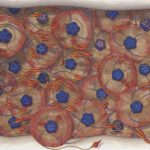
98.3
[SIGGRAPH 1999] -

98.4
[SIGGRAPH 1999] -

98.9
[SIGGRAPH 1999] -
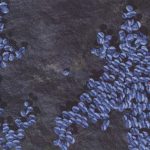
98.13
[SIGGRAPH 1999] -
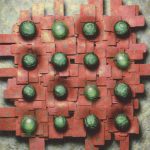
High resolution 3-dimensional rendering ...
[SIGGRAPH 2002] -
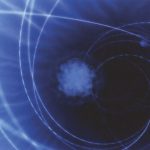
2006.7 (Elemental Series)
[SIGGRAPH 2008]


